Who claimed that a bird’s plumage is now the only aspect of a bird’s body capable of displaying beauty and colors? Of course, the feathers of the birds that dwell in North America are vibrant and diverse.
This makes the many kinds of bird species that occupy this region one of the most looked after and adored by nature enthusiasts and photographers.
But that isn’t their sole strength. The beaks of certain bird species can also pique one’s curiosity. The red beaked birds are one of the most well-known and toughest to locate among nature enthusiasts.
And the mere presence of a stunning red beak may elevate an ordinary bird from “just another bird inside the throng” to the focus of attention of all viewers. And that’s exactly what we’ll go over next, detailing some of the world’s most gorgeous and unique red-billed bird species.
Do you want to learn further about birds having red beaks? We’ll explain to you everything about them down here.
| Image | Name |
|---|---|
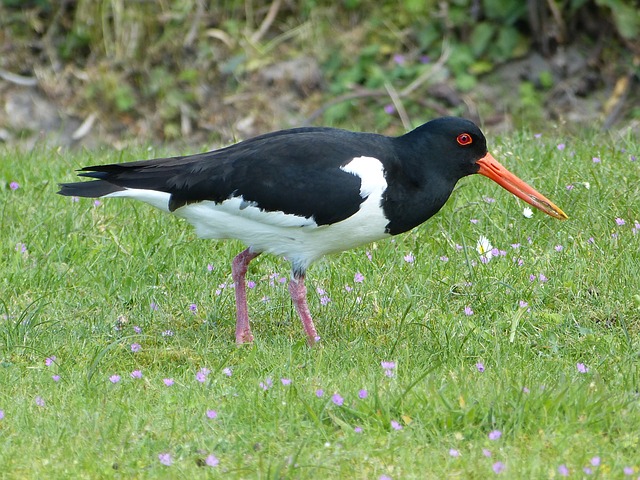 | Black Oystercatcher |
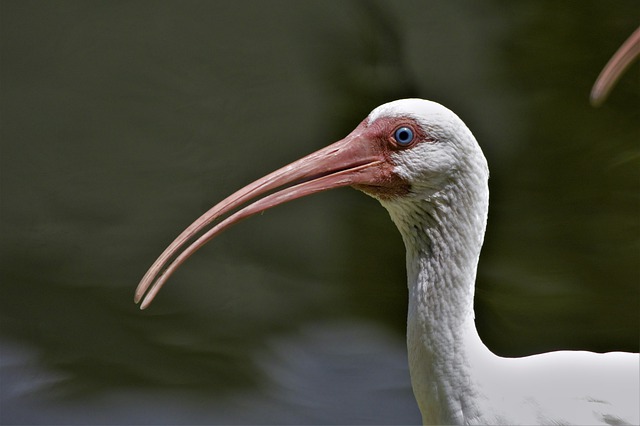 | White Ibis |
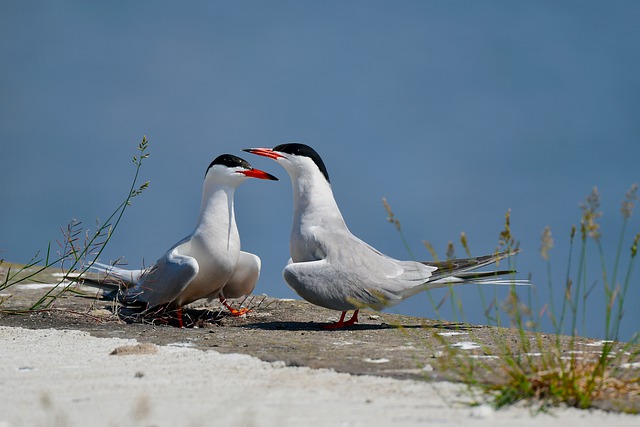 | Common Tern |
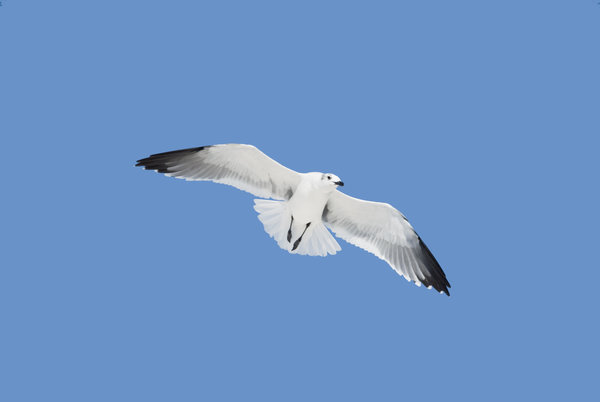 | Laughing Gull |
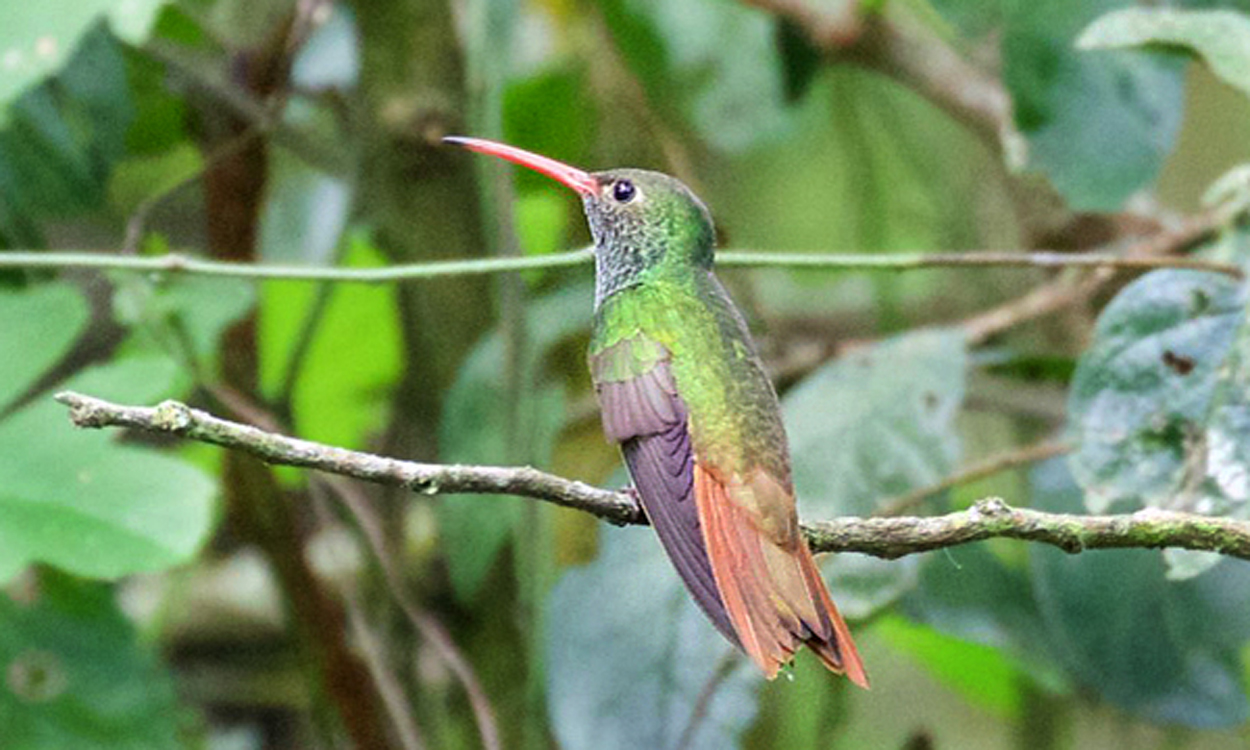 | Buff-Bellied Hummingbird |
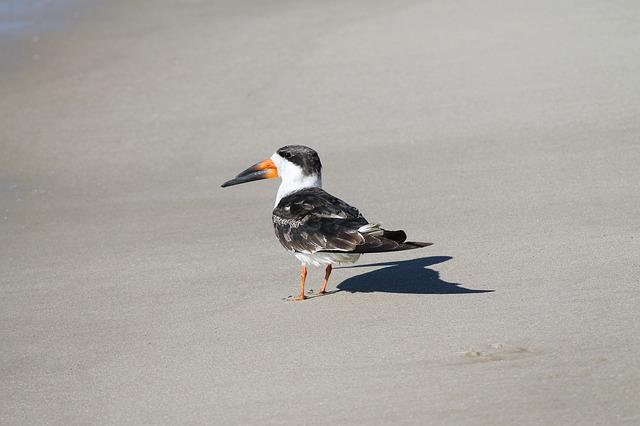 | Black Skimmer |
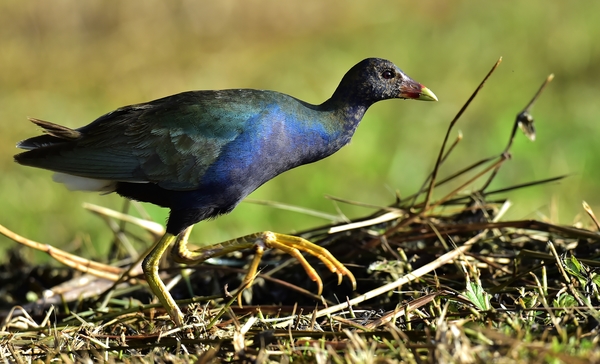 | Purple Gallinule |
 | Tufted Puffin |
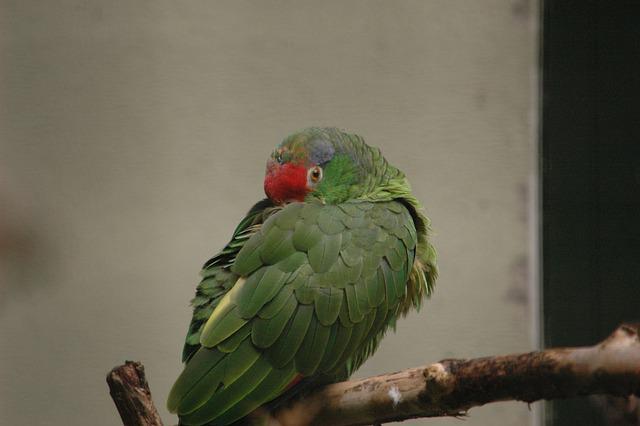 | Red-Crowned Parrot |
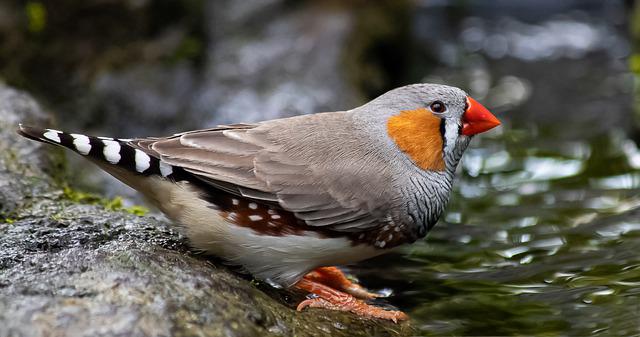 | Zebra Finch |
Different Birds With Red Beak
1. Black Oystercatcher

With a black, muscular feather and a big, brilliant red beak. Oystercatchers are among those species that, if not for their eye-catching beak and penetrating yellow eyes, nobody would notice.
It is a typical bird that spends almost all of the year breeding and soars over the Pacific beaches looking for food whenever the tide is low. They eat on mussels and crustaceans that stay close to the pebbles and stones on the shore.
Its feathers are mostly dark black on the neck and head, with a light chocolate brown hue on the remainder of its plumage and lengthy, tapered pink feet.
| Scientific name | Haematopus bachmani |
| Weight | 17.6 to 24.7 ounces |
| Length | 16.5 to 18.5 inches |
Habits
During the year, it is rather loud, particularly during the mating season, when the colony’s males undertake pair flights to wow the ladies and pique their attention.
It is a bird that eats shellfish and crabs from rocks, cracking its shells through its strong long pointed beak.
Interesting Facts
While Black Oystercatchers throughout Alaska to the beaches of Oregon possess totally dark feathers. While those in the region’s south possess white and considerably browner feathers, which scientists suggest is because of hybridization between both the American Oystercatcher and the Black Oystercatcher.
2. White Ibis

Because of its lengthy, pinkish legs and wide red beak, these lovely birds are frequently confused for flamingos.
These lovely floating birds are adapted to wandering through the shallow marshes of the Southeastern United States. They are always breeding in the regions of shrubs and trees that border the banks of estuaries.
However, they seldom return to a certain spot every year and are constantly migrating.
| Scientific name | Eudocimus albus |
| Wingspan | 35 to 41 inches |
| Weight | 26.5 to 37.0 ounces |
| Length | 22.1 to26.8 inches |
Habits
When foraging for food in marshes or regions of standing water, these lovely wading birds usually travel in flocks. They usually wander with their heads bowed, looking for crustaceans and insects.
They may swiftly catch them by digging their big beaks into the mud as they fly. We could see how they extend their strong legs back the other way and lengthen their necks.
Interesting Facts
Female White Ibis have shorter wings, smaller beaks, and weigh around three kilograms less than male White Ibis.
3. Common Tern

The Common Tern is by far the most frequent type of tern across North America. It is a wonderfully lovely bird to see fly with its angular, long wings, gray stomach, huge red beak, and black cap.
They are generally spotted soaring over open water around mudflats, rocky islands, lakes, barrier beaches, and seas. However, they wander over fresh and salt waterways during the mating season.
They will always stay near marine habitats throughout the winter season to await the coming of fine weather.
| Scientific name | Sterna Hirundo |
| Wingspan | 29.5 to 31.5 inches |
| Weight | 3.3 to 7.0 ounces |
| Length | 12.2 to 15.0 inches |
Habits
Common Terns are highly beautiful, loud, and friendly birds that prefer to be recognized, which implies that they might constantly fly in groups, providing us with magnificent photographs worth immortalizing with our cameras.
But we will also constantly recognize them once they are around because of their lovely whistling.
Interesting Facts
Common Terns sip water when flying, dipping their red beaks and keeping their huge wings high. They are doing this because common terns, like so many other birds, possess nostril glands that enable them to expel sea salt rather than absorb it when they sip.
4. Laughing Gull

As their name implies. Laughing Gulls are loud birds often hunting for anything to take in their jaws along with the coast.
They are frequently found on the docks of coastlines in the southeast and the Gulf of Mexico. They are very easy to recognize due to their specific black head, white torso, and large red beak.
You will always recognize they are there due to the screams they always end up making while having to wait for something else to eat.
| Scientific name | Rynchops niger |
| Wingspan | 36.2 to 47.2 inches |
| Weight | 7.2 to 13.1 ounces |
| Length | 15.3 to 18.1 inches |
Habits
They are loud birds that constantly hover about docks and shore sides, seeking a freebie to eat on, even foraging through human waste. Their most distinguishing feature is the harsh whistles they generate while waiting to be served.
Interesting Facts
Unlike many other species, male and female black-headed gulls normally make their homes simultaneously. If the male really hasn’t found a female during the breeding season.
He may build their nest to encourage new females and convince them with the nest he made for his eggs.
5. Buff-Bellied Hummingbird

With its gray stomach, pointed, brilliant red beak, chocolate-brown feathers, and gorgeous blue-green, this lovely gray-bellied hummingbird stands out from other hummingbirds spotted across the United States.
This hummingbird migrates between both Mexico and the United States and is frequently spotted eating nectar and pollen in thickets, huge city parks, and river corridors in south Texas.
| Scientific name | Amazilia yucatanensis |
| Length | 3 to 4 inches |
Habits
This gray-bellied hummingbird is relatively larger than the other hummingbirds that inhabit the Texas region.
This enables them to drive them away from hummingbird feeders and readily dine on all types of little invertebrates that meander amid suburban flora.
Interesting Facts
This hummingbird is unique in that it is one of those very birds that migrate northward across the continent during the winter season. They migrate from their regular mating grounds in Texas to frigid Louisiana.
6. Black Skimmer

Black skimmers are big black-and-white feathers birds that seek by skimming the waterways with their wide reddish beak. The black skimmer hunts by lowering its bottom jaw into the water and waits for a fish to hit it before swiftly shutting its beak and grabbing it.
This is known as “hunting by contact” because it enables them to hunt even in the dark without difficulty owing to poor lighting.
| Scientific name | Rynchops niger |
| Weight | 9.3 to 12.9 ounces |
| Length | 15.8 to 19.7 inches |
| Wingspan | 42.9 to 45.3 inches |
Habits
Black Skimmers are one of the most unusual flights documented, with very lengthy ascents and mild descents to keep near to the water’s surface without plunging. This makes their flying incredibly unpredictable and entertaining to observe.
Interesting Facts
The black skimmer is a bird that seems to be constantly active throughout the day. During the twilight hours (between dawn and dusk), they choose to hunt the most due to their remarkable abilities to hunt often in the darkness of night.
7. Purple Gallinule

Purple Gallinules mix cherry red, violet, moss green, indigo, aquamarine, sky blue, and school bus yellow to create a gorgeous pallet of hues that coincide with the tropical and subtropical marshes of the southeast United States in which this bird dwells.
These lovely long-legged birds travel smoothly and discreetly amid the marshes and fresh flowers in looking for food, including tubers and frogs.
| Scientific name | Porphyrio martinica |
| Wingspan | 21.6 to 22.1 inches |
| Weight | 7.2 to 10.3 ounces |
| Length | 13.0 to 14.6 inches |
Habits
Purple Gallinules are quite pretty but usually travel in the same way as regular chickens, gently wandering through the muck and all along the margin of the wetlands in order to hunt.
They are excellent swimmers and can quickly climb shrubs and trees because of their long legs.
Interesting Facts
Throughout the tropical parts of Costa Rica and Panama, such birds raise over one brood every year. This is exceptional for this species and therefore is due to the fact that the younger chicks assist the parents in caring for the special nests.
And the area from attackers, rather than remaining safe and concealed until the next mating season.
8. Tufted Puffin

Tufted Puffins are among the many rare birds that should be seen up close at least once annually. Their huge head is covered with beautiful enormous yellow plumage that complements their large red beak and brilliant white cheeks.
These seabirds migrate from the subtropical seas of the Pacific coastlines to the Arctic Ocean.
| Scientific name | Fratercula cirrhata |
| Length | 15 inches |
Habits
Tufted Puffins search for food underwater, unlike some of the other birds. They swim quickly when chasing fish to feed underwater, using their large wings as paddles.
They are mostly lonely birds that we witness hunting alone, yet they may gather in groups to scavenge in regions in which there is a high abundance of fish.
Interesting Facts
These birds nest on the hillsides and steep cliffs, digging nests up to 1.5 meters deep to provide optimal protection from predators in the region.
9. Red-Crowned Parrot

Red-crowned Parrots are found in southern Texas and northern Mexico and are easily identified via their stunning leaf-green feathers and curled light red beak.
They are huge, loud birds that always roam in huge numbers and, therefore, like some other parrot species, are threatened by the illicit cage bird trade.
| Scientific name | Amazona viridigenalis |
| Length | 11 to 13 inches |
Habits
They spend the majority of the year in groups and fly with the shallow, frantic flapping of the wings. They glide swiftly and softly among the trees, searching for fruits and seeds to consume.
Interesting Facts
They are extremely quick birds, capable of flying at speeds of up to 27 miles per hour.
10. Zebra Finch

Zebra finches are by far the most abundant songbirds in central Australia, and they are absolutely gorgeous birds with their multicolored feathers of white, orange, gray, black, and brown tones in males and completely gray in females.
Their eyes are red, matching the orange-red beak.
| Scientific name | Taeniopygia guttata |
| Length | 4 inches |
- Scientific name: Taeniopygia guttata
- Length: 4 inches
Habits
These little birds may always be found near water, on meadows, and in savannahs with isolated trees or plants. They are highly gregarious animals that constantly migrate in groups of even more than 500 individuals during the mating season.
Interesting Facts
The singing of these birds is exclusively reserved for the males, who make a rhythmic, beautiful whistle. Females do not inherit the talent to sing.
Conclusion
Now you understand how often a colorful beak may help with bird recognition. We expect you’ll take the bright bills a close look before making your pick.
When unsure, try taking a photo. You may afterward try comparing it to photographs of roughly comparable birds having red beaks.
We are glad you liked this tutorial on red-beaked birds.
FAQ
Cardinals have red beaks, right?
Male and female cardinals possess distinct colored beaks, with males having red beaks and females having orange beaks. Carotenoids cause the red hue in males’ feathers in their plumage structures, which they get through their food.
What kind of parrot has a red beak?
The green parrot has a red beak. They are dimorphic; the female lacks the male’s colorful neck ring. Psittacula krameri is another name for a Rose-ringed parakeet.
Is the red-beaked crow uncommon?
The European breeding population ranges from 12,265 to 17,370 pairs. However, the species is exclusively found in Spain. Because breeding grounds in the remainder of the country are scattered and dispersed, the red-billed chough has been designated as “threatened” in Europe.
Last Updated on March 22, 2023 by Lily Aldrin
